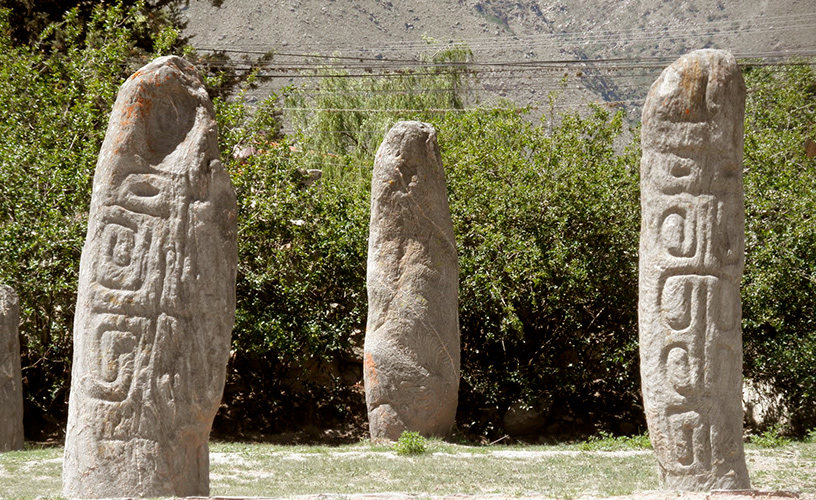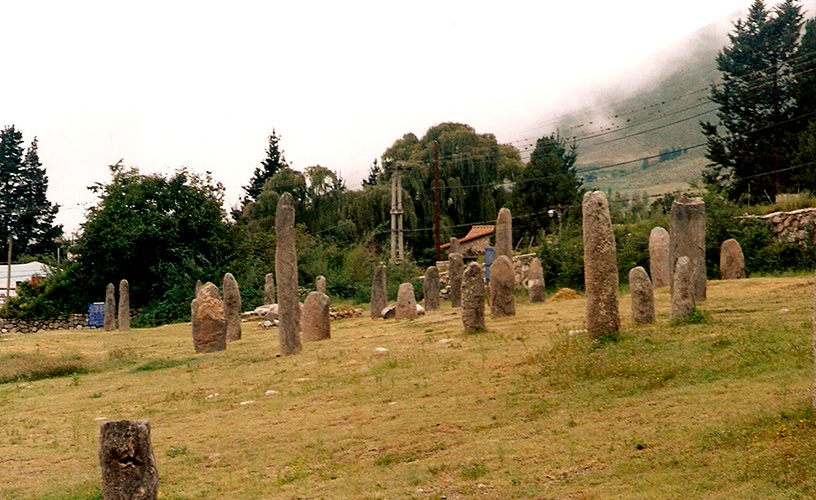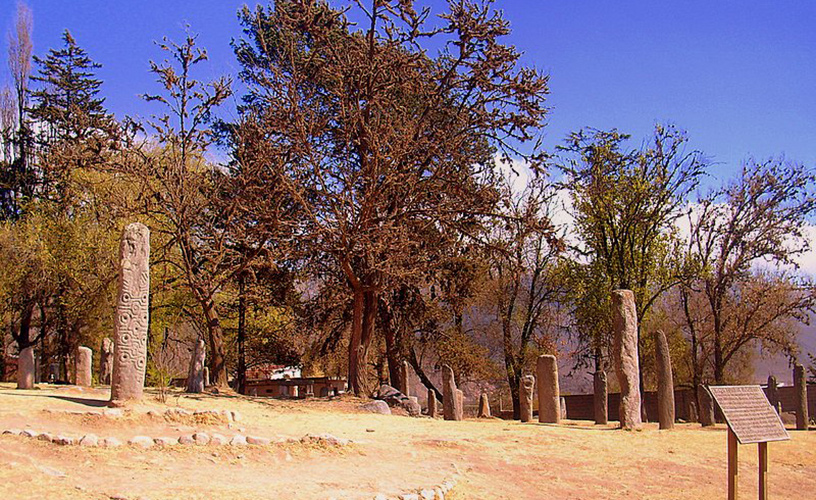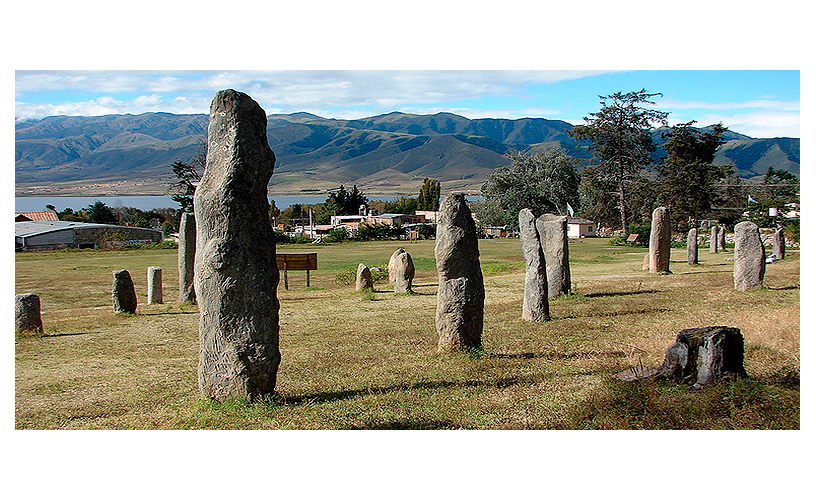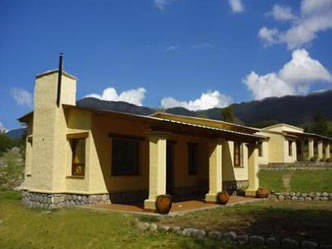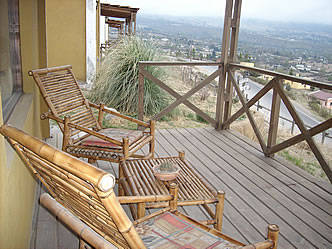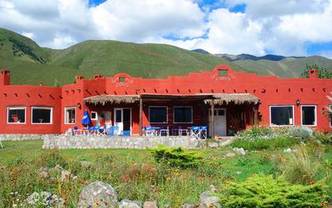Los Menhires Archeological Reserve
These standing stones were investigated by Italian archeologist and naturalist Juan Ambrosetti in 1897 and ever since, they have been moved away from their original position repeatedly for the sake of research.
In the District of El Mollar, 15 Km. East of Tafí del Valle, there lies Los Menhires Archeological Reserve, a venue containing over 50 megaliths of the Tafí 1 culture, which dates back to the period between 820 b.C and 780 AD. In spite of the deterioration resulting from the passing of time and the action of man while moving these pieces, a great deal of the menhirs have been able to be rescued and today they are displayed opposite the main square at El Mollar, in the venue called “La Sala”. Many scholars give record that the menhirs are a magical representation of the Tafi 1 culture -one of the first potter tribes in Northwestern Argentina- and that they symbolize fertility and fecundity due to their phallic disposition.
The menhirs imply the existence of religious beliefs and even the performance of ceremonies in the domestic scope. They may have been distinctive symbols of religious fraternities identified with a common ancestor of these tribal groups. While touring around this venue, visitors may admire the magnitude of these pieces. Some of them reach a height of 3 meters and a weight of 4 tons. They are made of granite rocks. Their patterns include engravings of large human faces, animals, as well as amorphous and geometric figures. The most popular are the ones called: “Ambrosetti”, “Sabaleta Pueyrredón”, “La Vieja”, “La Lapida”, in addition to some mortars, and other elements of this ancient culture. The early settlers that raised the menhirs had to work together for a long time in order to give shape to these figures, as they did not have any tools or metals to perform this task easily. However, they did have good knowledge of the rocks. The park was declared National Archeological Heritage in 1993 and ever since, it has raised awareness of the historical magnitude of these original megaliths.
Marcelo Sola
Gentileza Tafidelvalle.travel
